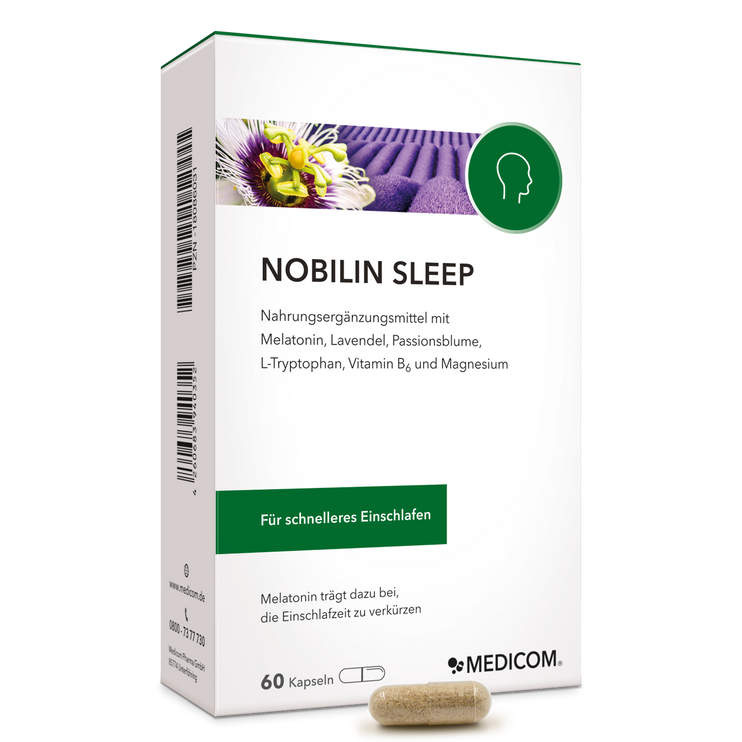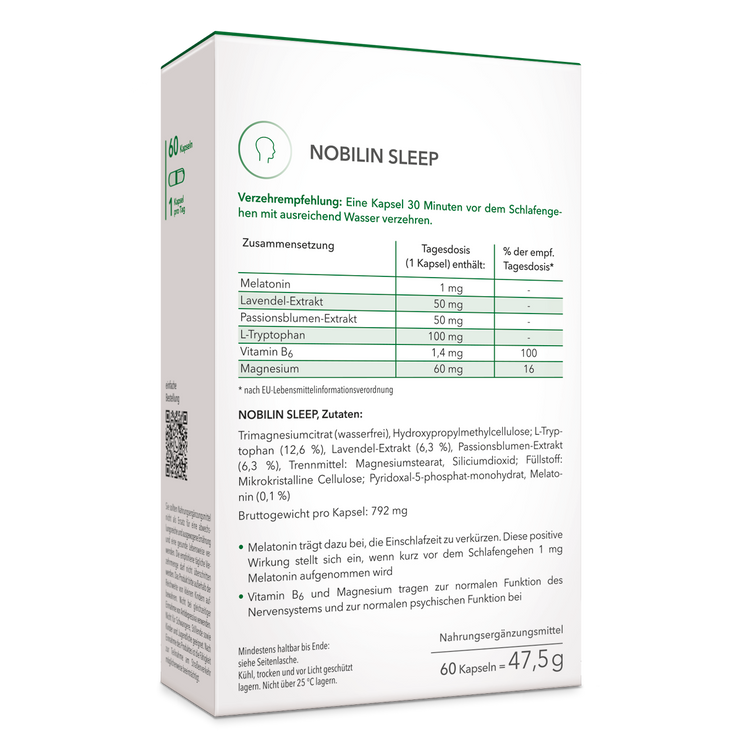Passionflower: calming and relaxing
-
For medicinal purposes, the passion flower speciesHardy passionflower (Passiflora incarnata)important, which is considered the so-called "type species" and also the ideal type among the more than 500 passion flower species. This flower not only looks beautiful, it has also long been used in naturopathy asmild and purenatural sedative and sleeping aidpopular.
What exactly are passion flowers?
The hardy passionflower is native to tropical and subtropical regions of Central, North and South America, where it grows asevergreen, perennial climbing shrubwith shoots of 2 to 6 meters in length. The most striking feature of the passion flower are the colorful, often red-violet flowers, which can shine like little suns from June to September and make the plant aattractive ornamental plantmake.
What is special about passion flowers?
Preparations from the hardy passionflower havecalming, relaxing, anxiolytic,sleep-promotingand antispasmodic effects. The experience of these beneficial effects of passionflower is based primarily on a long folk medicine tradition and daily practice.Preparations made from dried passion flowers are not addictive. In addition, they can be combined well with other herbal remedies, which enhances the calming effect.
What are the main ingredients of passionflower?
The pharmacologically particularly interesting components of the passion flower come from the group of flavonoids. These are mainlycyanogenic glycosides, essential oil, freeAmino acidsand polysaccharides.
Use of passionflower
In naturopathy, passion flower extracts are used primarilywith inner tension, withRestlessnessand the resulting mild sleep disturbances. Appropriate preparations can also be used to treat irritability and for relaxation.Combinations with other herbal sedativesfor example fromlavender,valerian,hoporLemon balmproven to be beneficial, as the effects can reinforce each other.
Where does the name of the passion flower come from?
In Germany, we can encounter the Passiflora incarnata under the names “hardy passion flower” or “flesh-colored passion flower”, but often also simply as “passion flower”.The plant probably received its name from missionaries in South AmericaIn the lush, shining halo of the flower, they recognized Christ's crown of thorns. Thus, in their eyes, the flower stoodsymbolic of the suffering of Christand got its name from the Latin “passio” (suffering).
How are preparations made from passion flowers?
Cultivation areas for pharmaceutical purposes can be found to a significant extentin the USA and India, but also in southern EuropeHarvesting occurs during the flowering period by cutting the shoots just above the ground. Under favorable conditions, passion flowers can be harvested twice a year. The entire plant is then dried in the open air or using hay dryers.A high proportion of stems reduces the quality of preparations.
What should I consider when using passionflower?
Preparations containing passionflower are available as capsules, tablets, drops, dragées, and even tea. Those who are allergic to passionflower plants should avoid taking them. When choosing, it's best to look for a high-quality preparation, such as passionflower extract in capsule form, as these usually contain ahigh concentration of active ingredientsand can be dosed precisely.A combination withMelatoninto shorten the time to fall asleep is particularly useful, supplemented with lavender, for example,L-tryptophan, vitamin B6 and magnesium.


